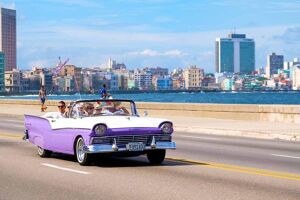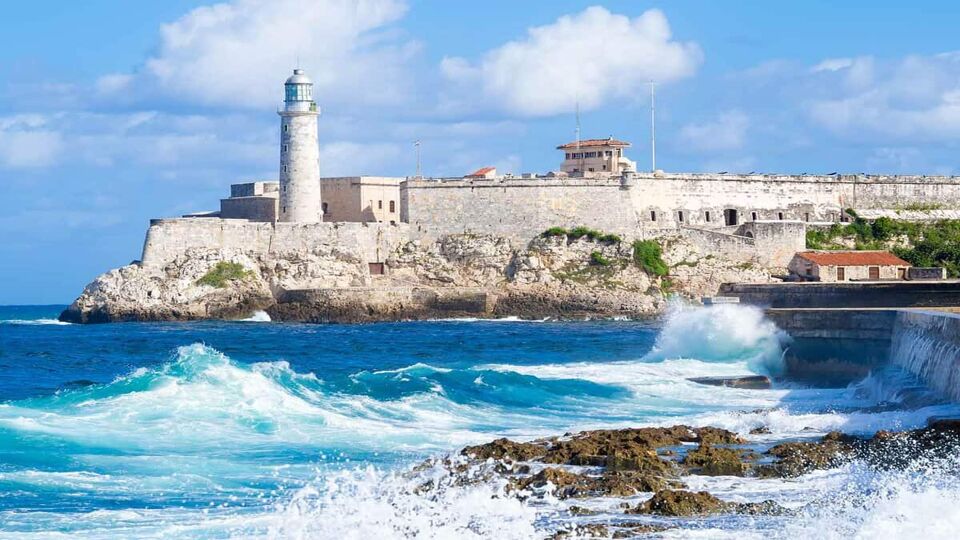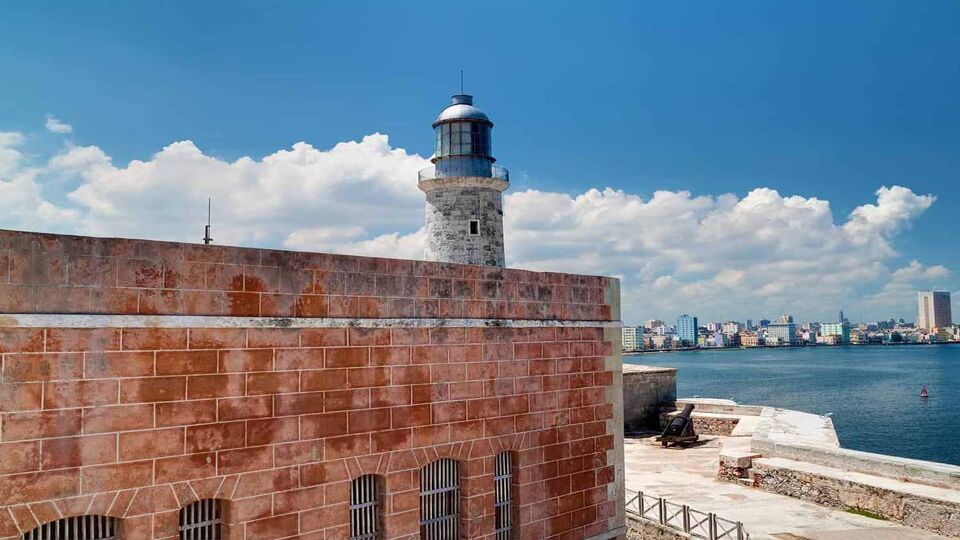
Travel bucket list idea:
Castle of Los Tres Reyes del Morro
Havana, Cuba
In the decades spanning the 16th and 18th centuries, Cuba’s Spanish rulers built a series of imposing forts to repel rampaging buccaneers from raiding the Spanish treasure fleets in the Bay of Havana, and to fence out the English. Five hundred years on, these muscular fortresses still dominate Havana’s harbour, and have come to symbolise the city – they even appear on the city’s coat of arms.
El Morro Castle, and its lighthouse, is the most iconic and the city’s emblem. This impressive stone and coral fort, complete with cannons, defended the eastern headland of Havana Bay from pirate attacks until the end of the 18th century, when the British captured the city.
The fortress houses a display on the Italian engineers and builders of the castle. You can also climb the 19th-century lighthouse for a view of the city and Malecón.

Logistics
Getting there & doing it
El Morro and its next-door neighbour, the Fortress of San Carlos de la Cabaña, can be accessed by taxi via a tunnel under the bay of Havana (visit both at once, about 10 minutes’ walk between them). You can just turn up and walk around at leisure.
When to do it
The fortress is open all year round, seven days a week.






